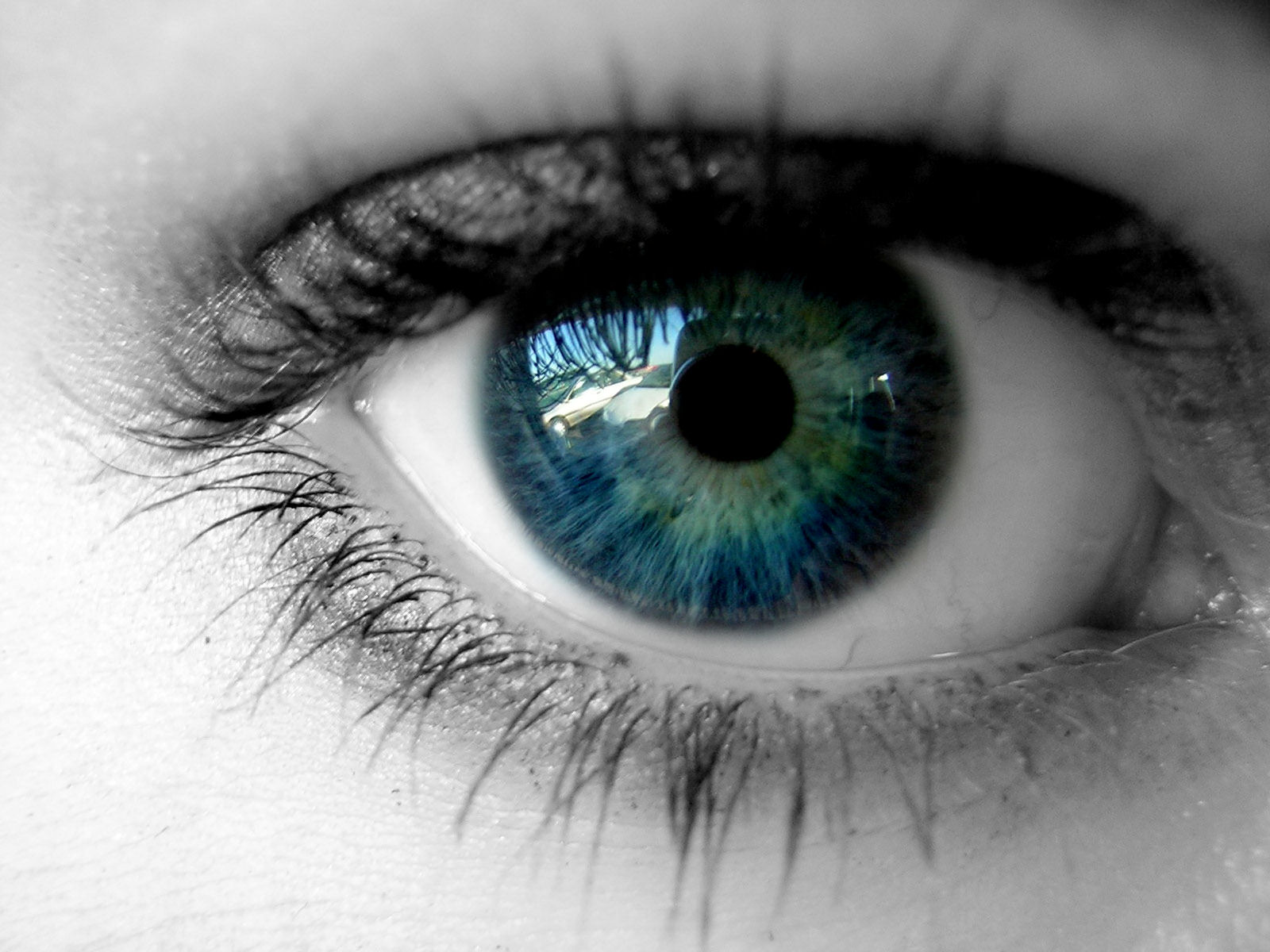The eye is also formed by the choroid, which is a membrane filled with blood vessel that will nourish the cells of the eyes, and also the choroid will absorb the light that is not absorbed by the photorecepetors. Ciliary muscles, which will help to shape the lens. Vitreous and aqueous humour, they will maintain the shape of the eyes, as well as nourish them.
Photoreceptors
The photoreceptors found in the eye are called rods and cones. The rods are extremely sensitivity to intensity of the light, it doesn't distinguish color, but it does enable us to determine shapes in the dark. The rods contain a light-absorbing pigment called rhodopsin. When the rods absorb light, rhodopsin is broken down which will release a neural transmission to the brain.
Cones are the color detecting of the eye. They are found mostly at the fovea centralis, however, few of them can be found around the retina (peripheral vision). They require a relatively intense light to stimulate the,. There are three tyoes of cones, red, blue and green. A similar process of neural transmission happens with the cones, however, the pigments is different and only respond to certain wavelengths of light.
Transmission
The rods and cones are found in the layer that is closest to the choroid. They synapse with bipolar cells in the middle layer. When the pigments of rods and cones are broken down they stop sending inhibitory neurotransmitters, the bipolar cells then send a neural impulse to the ganglion cells, that form the optic nerve, and will transmit visual images to the occipetal lobe of the brain.
Disorders
- Glaucoma: This condition is formed if the ducts that provide the eye with aqueous humour plugged. This will build up pressure, and it can harm the dedicated blood vessels in the eye to rupture, which will affect the cells in the eyes, causing blindness.
- Astigmatism: A condition generated to an uneven curvature of part of the cornea.
- Myopia: Also known and nearsighted, it is caused by the eye balls that are too short, thus, every time an individual with myopia view a distant object, the rays focused in front of the retina. The use of concave lens will help.
- Hyperopia: Farsighted, short eyeball, rays focus behind the retina when seeing close object. The use of convex lens will help.
- Color blindness: disorder caused by the lack or deficiency of particular cones, specially red or green.


Nenhum comentário:
Postar um comentário